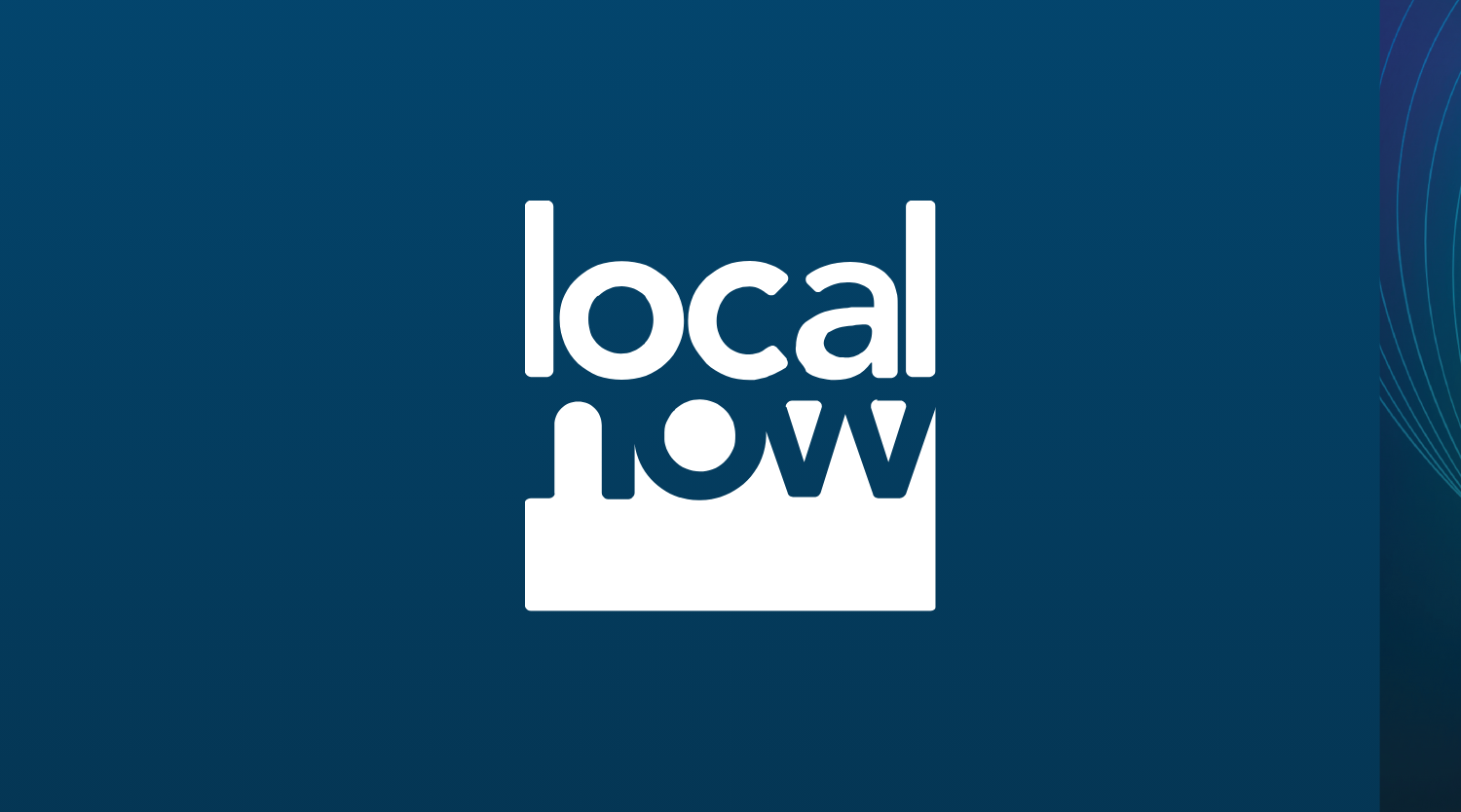By Dan Wilson, Senior Director Mobile & Video, PubMatic
To publishers and advertisers, the Apple Watch must seem like the latest in a never-ending proliferation of media screens. And if past is prologue, with each screen comes new opportunities for advertisers and publishers.
However, at the risk of stating the obvious this latest screen is on a watch. And watch displays are really small. And even if that wasn’t true, are people really ready to see an ad appear on a device that is strapped to their wrist?
Needless to say, it is very early days for both the watch and tech wearables generally. But that doesn’t mean it’s too early to start trying to predict the impact of this latest flavor of media consumption on the advertising space. So let me try by outlining three of the implications for advertising that I see arising from the watch.
1) The watch will be an accessory to advertising not an advertising platform.
In the beginning, the watch will feed data about the wearer back to the iPhone and that could allow Apple to make better recommendations in the App store or iTunes based on that data. I suspect Apple will guard the data and real estate on the Apple Watch screen very closely, so those opportunities will be closed off to rest of the media ecosystem.
However, once there is wider adoption of watches and wearable’s in more open ecosystems – like Android – there will likely be more opportunities for advertisers and publishers. So this is really just opening the door to wearables and initially we should expect them to serve more as a potential input device for data that can inform advertising on other screens rather than a screen for displaying advertising.
2) Publisher and Advertisers Will Need Some Time To Figure it Out
Publishers and advertiser absolutely need to be thinking about how the Apple Watch will impact their ability to reach consumers but they won’t figure that out tomorrow. Therefore, I don’t think they need to scramble quite yet but they need to start to consider the watch as part of the overall consumer media experience.
So if you’re a publisher or an advertiser you should go out and buy a bunch of Apple Watches for the people in your organization and road test them over the next few months. You can then match your experience with the watch experience against how the market is adopting the device. You’ll want to see how it’s changing consumer behavior and how you need to evolve your consumer engagement strategy as a result.
3) Don’t Confuse More Screens With More Time or Permission
The Apple Watch is one more screen competing for the consumer’s attention. If you’re looking at your watch then you’re not looking at your phone. And since the its clear that Apple sees the watch as a device that will receive push notifications, the watch may actually reduce the amount of times that users pick up their phones during the day.
That would make the times when people are using their phones more valuable. So advertisers need to ensure that they are delivering the best mobile experience possible by matching the right creative with the right context and data. And advertisers shouldn’t be afraid to pay top dollar for this opportunity to reach the consumer because although the number of screens may be proliferating the chances to reach the consumer may not be.
Additionally, the watch will be an even more personal device, and it’s likely that consumers will resist the intrusion of ad, even native ads on that so small screen. The expectations of highly relevant messages and an understanding of a consumer in context will be the new standard.
In short, I am excited about this new technology. I think there will be a myriad of innovative ways that publishers and advertisers will eventually learn to leverage it. In the meantime, I am looking forward to seeing how my personal interactions and my content consumption change with it.




